Google Research Unveils Lumiere: A Cutting-Edge AI Video Generation Model
Google Research Unveils Lumiere: A Cutting-Edge AI Video Generation Model, Lumiere, the latest video generation model introduced by Google Research, showcases a groundbreaking approach to creating realistic and coherent 5-second videos from prompts or static images. This innovation allows users to stylize videos based on their preferences or generate cinemagraphs by animating specific parts of an image.
While previous image generation models such as Adobe Firefly, DALL-E, Midjourney, Imagen, or Stable Diffusion have generated excitement and rapid adoption, the natural evolution led towards video generation. Meta AI delved into this realm in October 2022 with Make-A-Video, and the NVIDIA AI lab in Toronto revealed a high-resolution Text-to-Video synthesis model based on Stability AI's open-source Stable Diffusion model. Stability AI, in turn, presented Stable Video Diffusion in November, showcasing a highly performant model.
Video generation poses a more intricate challenge than image generation, involving both spatial and temporal dimensions. The model not only needs to accurately generate each pixel but also predict its evolution to produce a coherent and seamless video.
In developing Lumiere, Google Research, a contributor to the recent W.A.L.T video generation model, opted for an innovative approach to address specific challenges tied to training text-to-video models.
The LUMIERE model comprises a base model and a spatial super-resolution model. The base model generates low-resolution video clips by processing the video signal across multiple spatio-temporal scales, relying on a pre-trained text-to-image model. The spatial super-resolution model enhances the spatial resolution of video clips using a multidiffusion technique, ensuring overall continuity in the results.
The researchers elaborate:
"We introduce a spatio-temporal U-Net architecture that generates the entire temporal duration of the video in one go, in a single pass through the model. This contrasts with existing video models that synthesize distant keyframes followed by temporal super-resolution, an approach that intrinsically complicates achieving global temporal coherence."
Applications Lumiere's versatility extends to various video content creation and editing tasks, including generating stylized videos, image-to-video generation, video inpainting and outpainting, and creating cinemagraphs, as demonstrated in the video below.
Inpainting facilitates the realistic filling or restoration of missing or damaged parts in a video, allowing for the replacement of unwanted objects, repair of artifacts, or the correction of corrupted areas.
Video outpainting, on the other hand, involves extending or adding content beyond the existing limits of the video. This feature enables users to add elements, expand scenes, create smooth transitions between video clips, or introduce decorative and contextual elements.
The Lumiere model underwent evaluation on 113 textual descriptions and the UCF101 dataset, achieving competitive results in terms of Frechet Video Distance and Inception Score. Users favored Lumiere for its visual quality and motion coherence compared to competing methods.
Despite the model's robust performance, the researchers emphasize:
"While our primary goal is to empower novice users to creatively generate visual content, there is a risk of misuse for creating false or harmful content with our technology. We believe it is crucial to develop and apply tools to detect biases and malicious use cases, ensuring safe and fair use."


